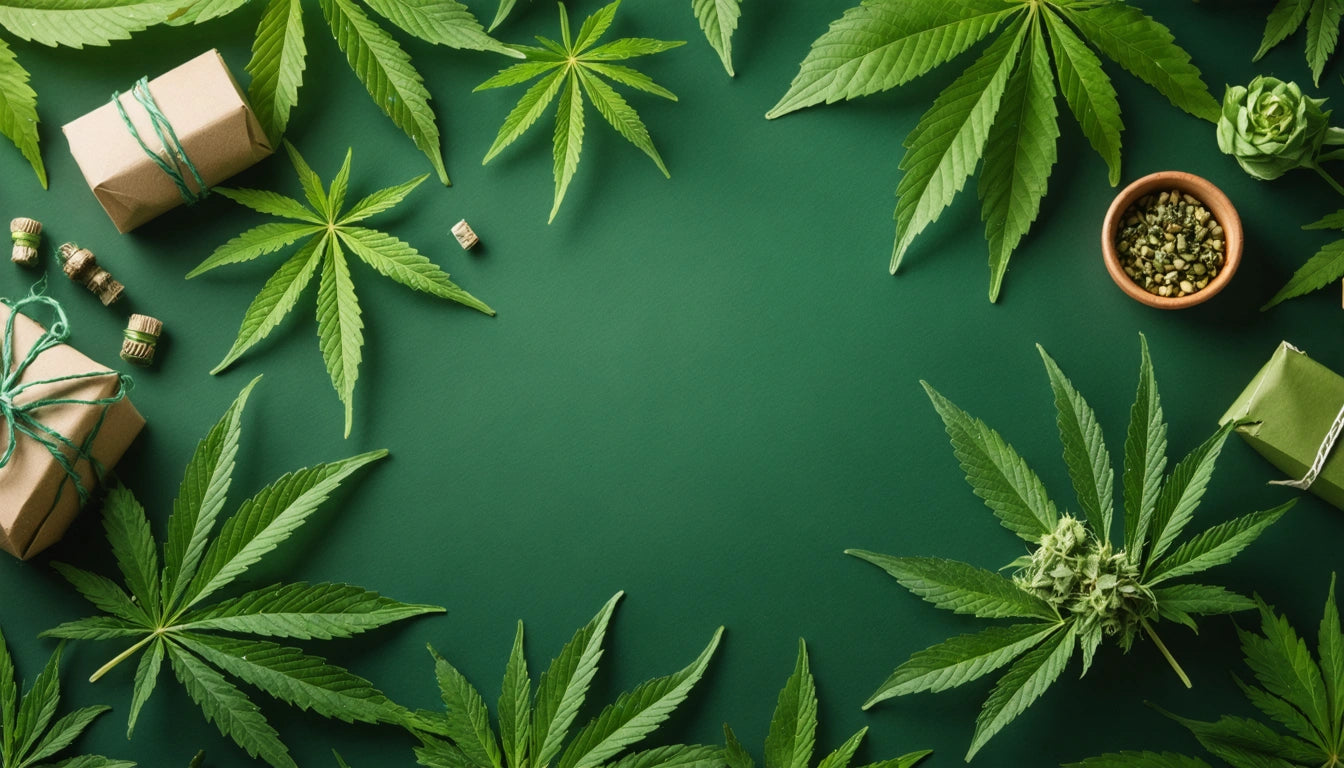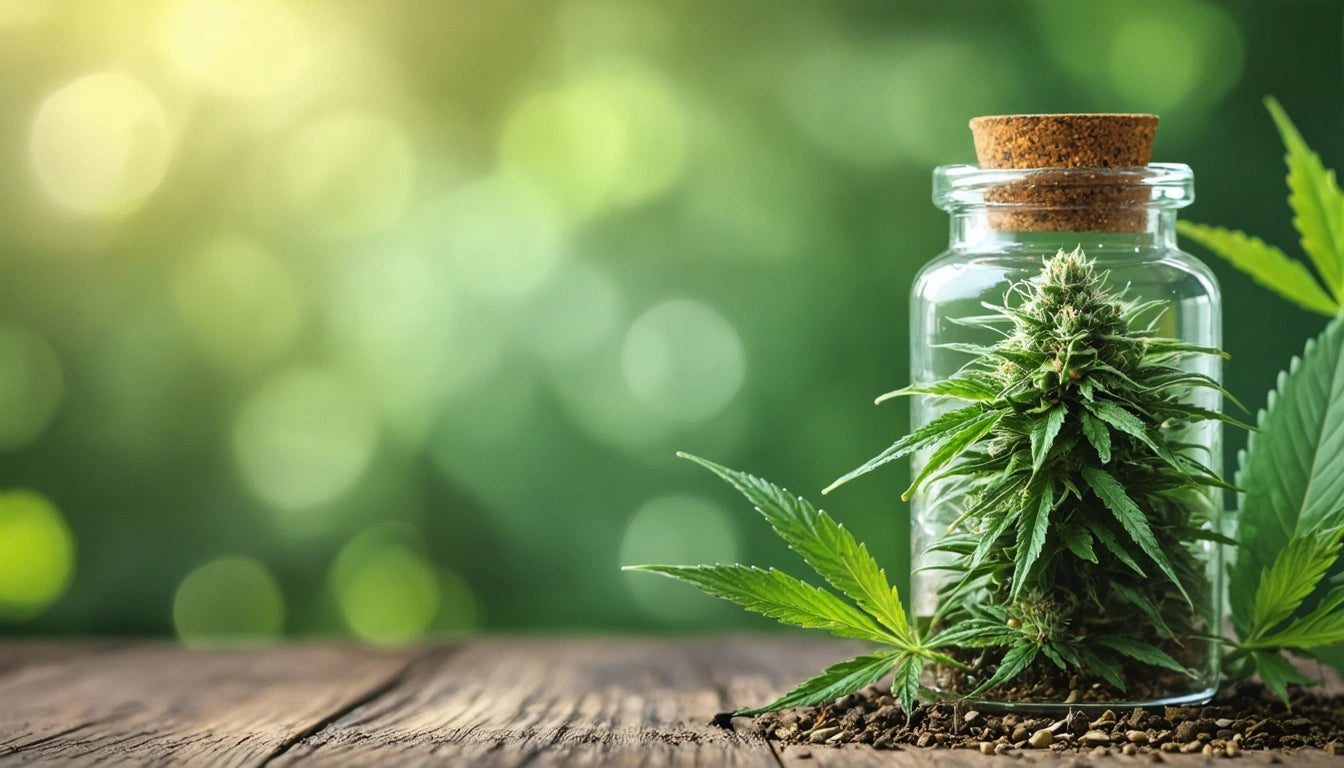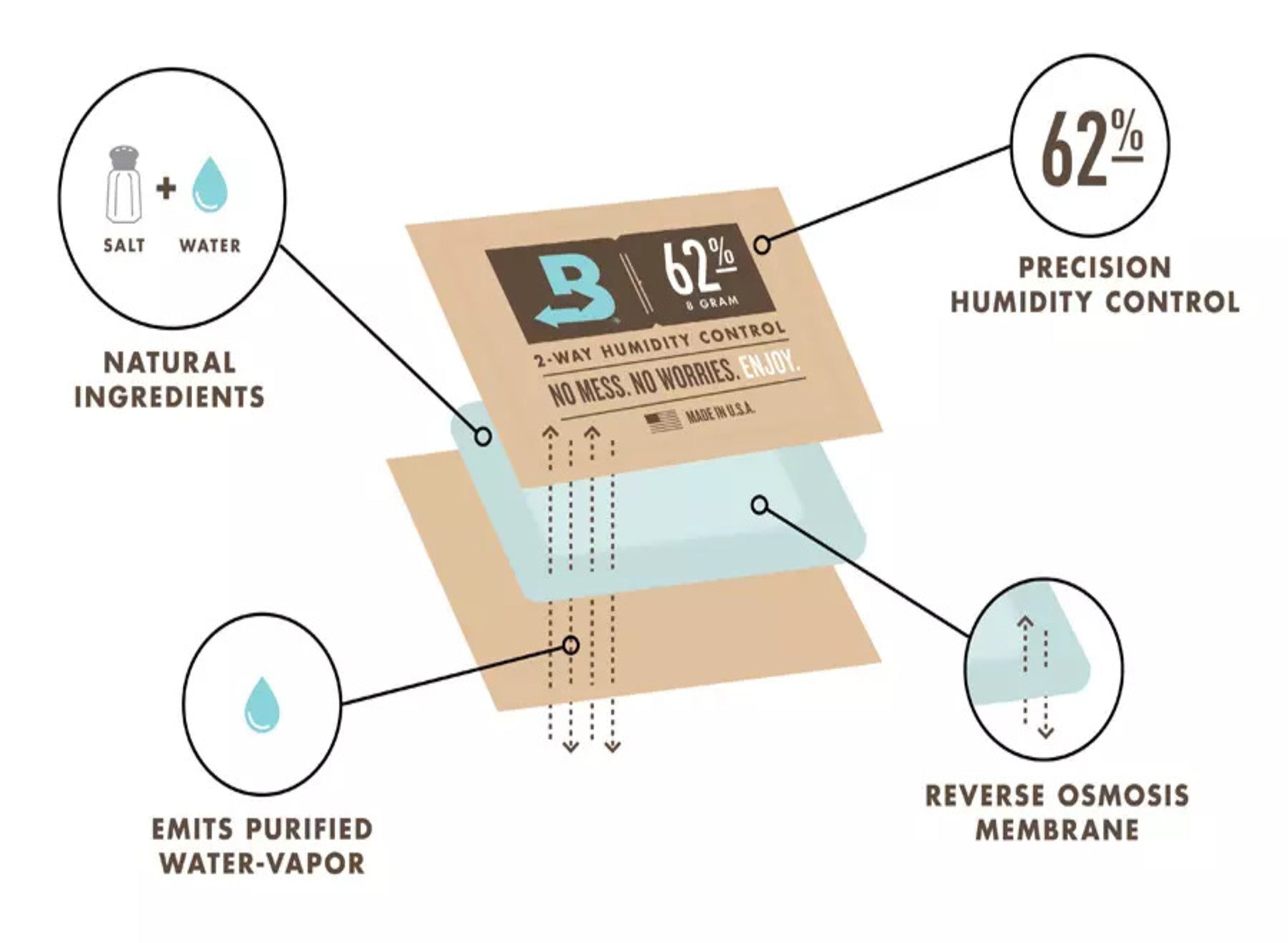Table of Contents
The Rise of Mono-Material Packaging
As sustainability becomes a core business value rather than just a marketing trend, packaging innovations are evolving rapidly. Among these innovations, mono-material packaging has emerged as a frontrunner in the race toward truly recyclable solutions. This approach to packaging design addresses one of the most significant barriers to effective recycling: material complexity.
What is Mono-Material Packaging?
Mono-material packaging refers to containers, wrappers, or other packaging components made entirely from a single material type. Unlike traditional multi-layer packaging that might combine plastic, aluminum, and paper, mono-material solutions eliminate the need for separation during recycling. This simplification makes the recycling process more efficient and increases the likelihood that packaging will actually be recycled rather than sent to landfills.
The concept builds upon circular economy principles, where materials maintain their value throughout multiple life cycles. By designing packaging with end-of-life considerations from the start, mono-material approaches help close the loop in packaging lifecycles.
Benefits of Mono-Material Solutions
Improved Recyclability
The primary advantage of mono-material packaging is straightforward: when a package consists of just one material, consumers don't need to separate components before recycling. This simplicity increases recycling rates and reduces contamination in recycling streams.
Enhanced Material Value
Recyclers can recover higher-quality materials from mono-material packaging, which maintains greater value in the recycling market. This economic benefit helps sustain recycling programs and incentivizes further collection.
Reduced Carbon Footprint
Manufacturing processes for mono-material packaging often require less energy than multi-material alternatives. The simplified production chain and reduced processing needs translate to lower carbon emissions throughout the packaging lifecycle.
Mono-Material Innovations in the Market
Several breakthrough innovations are driving the mono-material packaging trend:
- All-polyethylene (PE) flexible pouches that replace multi-layer films
- Paperboard containers with paper-based barriers instead of plastic linings
- Mono-material polypropylene (PP) containers with the same material used for both container and lid
- Cellulose-based films derived from sustainable forestry or agricultural waste
These innovations align with broader sustainability initiatives like compostable packaging solutions and closed-loop systems, creating a more comprehensive approach to packaging sustainability.
Implementation Challenges and Solutions
Despite its benefits, transitioning to mono-material packaging presents several challenges:
Performance Concerns
Single materials may not provide the same barrier properties or durability as multi-layer alternatives. Manufacturers are addressing this through advanced material science, developing enhanced versions of base materials with improved performance characteristics.
Cost Considerations
Initially, mono-material options may cost more than conventional packaging. However, as sustainable packaging ROI becomes better understood, companies are recognizing the long-term economic benefits, including brand loyalty and regulatory compliance.
Technical Limitations
Some product categories have specific preservation requirements that have traditionally required multiple materials. Innovations in material science are gradually overcoming these limitations through specialized treatments and additives that maintain mono-material recyclability.
Cannabis Industry Applications
The cannabis industry faces unique packaging challenges due to regulatory requirements, preservation needs, and brand differentiation. Mono-material solutions are particularly valuable in this sector for several reasons:
Compliance Simplification
As regulations evolve, packaging that can be easily modified while maintaining its mono-material nature offers flexibility to cannabis brands navigating complex compliance landscapes.
Preservation Requirements
Cannabis products require packaging that maintains freshness and potency. Mono-material solutions with appropriate barrier properties are emerging, including those that work with humidity control systems for cannabis storage to maintain optimal conditions without compromising recyclability.
Consumer Expectations
As cannabis consumers become more environmentally conscious, brands that adopt mono-material packaging can differentiate themselves in the marketplace. This approach aligns with the values of many cannabis consumers who prioritize natural products and environmental responsibility.
Companies in the cannabis space are increasingly exploring alternatives to traditional plastic packaging, including mushroom-based materials and edible packaging options that maintain mono-material principles.
The Future of Packaging Design: Mono-Materials Lead the Way
As we look toward the future of sustainable packaging, mono-material solutions stand at the forefront of innovation. The simplicity of these designs belies their sophisticated approach to solving complex waste challenges. By focusing on recyclability from the design phase, manufacturers are creating packaging that works within existing recycling infrastructure rather than requiring new systems.
The trend toward mono-material packaging represents more than just an incremental improvement in sustainability; it signals a fundamental shift in how we approach packaging design. Rather than adding layers of complexity and then trying to solve the resulting recycling challenges, mono-material approaches start with simplicity and build performance from there.
For businesses considering packaging updates, mono-material options offer a clear path toward improved sustainability credentials without sacrificing functionality. As material science continues to advance and economies of scale reduce costs, these solutions will likely become the new standard in responsible packaging design across industries.











Leave a comment
All comments are moderated before being published.
This site is protected by hCaptcha and the hCaptcha Privacy Policy and Terms of Service apply.